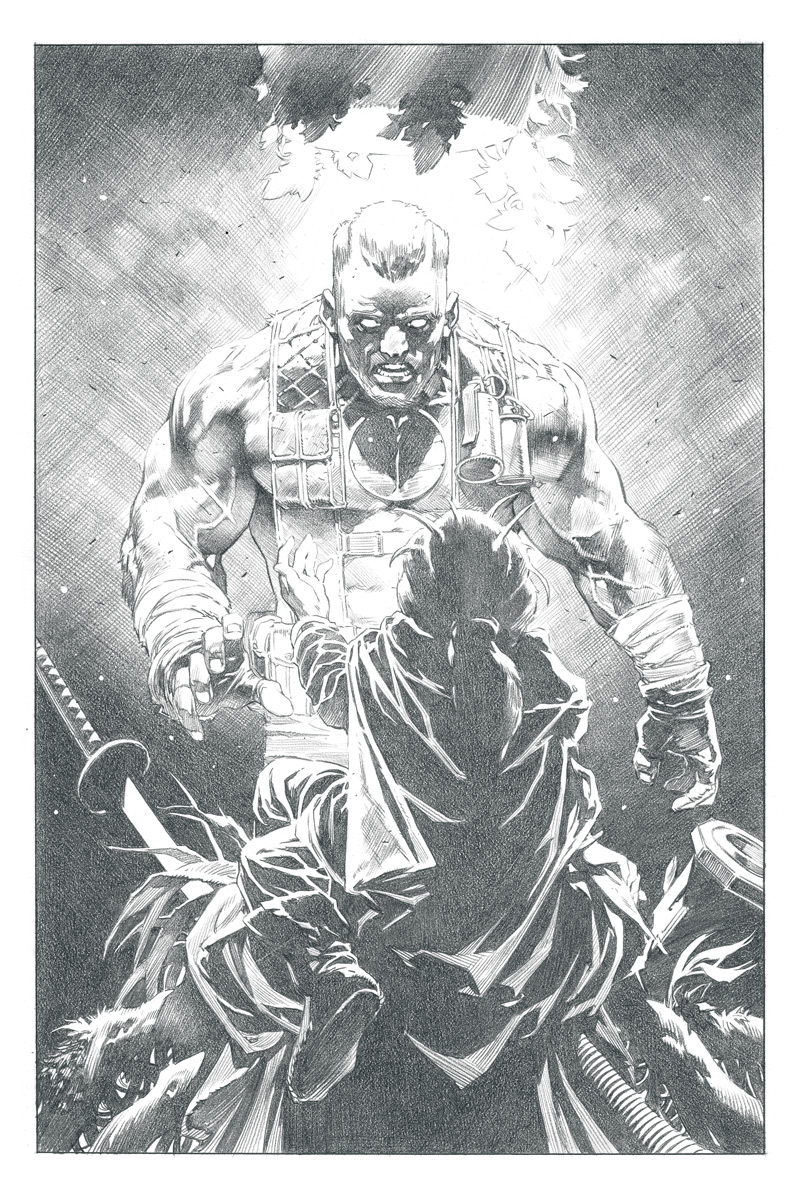Wonder Woman: The Hiketeia…A Greek Tragedy Told in Comics
The physical battle between Batman and Wonder Woman in this story is less meaningful than the ideological conflict.
By Taylor Pechter — “…But all tragedies end the same way…”
This is the theme that permeates the 2002 original graphic novel Wonder Woman: The Hiketeia, scripted by Greg Rucka, illustrated by J.G. Jones & Wade Von Grawbadger, and colored by industry veteran Dave Stewart. It’s a story told in comic form, yet it possesses many of the essential elements of a modern Greek tragedy, including impossible situations and a heartbreaking downfall.
This story follows Wonder Woman/Diana Prince as she becomes honor-bound to a woman named Danielle Weelys through the ritual of Hiketeia, an ancient tradition from Greece in which a poor or destitute individual supplicates oneself to a wealthy benefactor who must then protect them. If either the supplicant of supplicated disobeys the commitment, the Furies come to inflict punishment. From here, we enter Diana’s story.
Our narrative starts at its end. Diana is Themyscira’s ambassador to Man’s World. As she stares out her window at the Erynies or Furies, she recalls all that transpired to lead her to this moment, as well as how it could have been different. We transition then to three weeks ago in Gotham City, where for the first time we see the character Danielle. We know little about her at the start, save that she hunts down and ultimately murders a man. She is then confronted by Batman, who for all intents and purposes is the villain of this tale. A chase ensues, and Danielle throws herself into Gotham Harbor. She then supplicates herself to Diana using Hiketeia, thereby setting into motion our central ideological conflict.
Again, Batman is unofficially the villain of the story. What Rucka does more than anything in this story is contrast Diana’s sense of duty and honor with Batman’s sense of justice and righteousness. This ideological conflict drives the story as Danielle eventually becomes caught between her loyalty to Diana and her own sense of justice.
In a very emotional scene, we watch as Danielle explains her story to Diana, who uses the Lasso of Truth to extract it. We learn about Danielle’s younger sister, Melody, who moved to Gotham City from Webster Groves, Mo. to try and make it big. Insidious Gotham, however, swallowed her: she was taken advantage of, raped, and later murdered. It is here Rucka deconstructs modern day American society: we see police finding a needle that was used to drug Melody during her assault and making immediate presumptions, ultimately labeling her just another junkie whore…all of which Danielle describes.
Batman's hard-line stance against murder puts him into conflict with Wonder Woman, who is honor-bound to protect a woman who kills to get justice for her lost sister.
Danielle subsequently sets out to get justice for her baby sister by killing the men who hurt her. This revelation does not hasten Diana’s resolve to protect Danielle—it doesn’t need to, as they are still bound by the ritual. Soon a second confrontation with Batman occurs, wherein Danielle defends her actions to the Caped Crusader. Danielle’s predicament is much like the old paradox of a poor man breaking into a pharmacy to get medicine for his sickly family…is he wrong because his actions are against the law, or is he right because he is doing what is best for him and his family? Is Danielle right for murdering those men because they did the same to her sister, or is she motivated by selfish vengeance? This is the paradox. While Wonder Woman is forgiving of Danielle’s situation, Batman is not. As we all know, Batman’s views on killing—even when killing seems more than justified—are quite staunch.
We now reach the climax of the story, as the ideological tension between Diana and Bruce finally builds into a fight. This fight is a footnote, however, with Diana making quick work of her mortal foe. Batman tries to appeal by supplicating himself, but Diana denies the request. In the commotion, however, Danielle runs. With the Erynies whispering in her ears, she leaps off a balcony onto the rocks below. As the book draws to close, we see Diana in contemplation again—much as we did at the start—wondering: Why is Man’s World so cold…It was never this cold on Themyscira.
With Hiketeia, Greg Rucka weaves a quintessential Wonder Woman tale. We see Diana struggle with Man’s World and her obligations, as well as with her own sense of duty and honor. It creates a poignant contrast with Batman’s own sense of justice, which has been explored time and again in comics, leading to a central conflict that is engaging and emotional. J.G. Jones pencils and Wade Von Grawbadger’s inks infuse this story with both bleakness and hope, while Dave Stewart’s hues give it added weight.
Following Hiketeia, Rucka went on to write two critically-acclaimed Wonder Woman runs (one that began in 2003 and lasted for three years, and another that started with DC Rebirth and ran for 25 issues), solidifying himself as a preeminent voice for not only Diana, but for female superheroes in comics.
Taylor Pechter is a passionate comic book fan and nerd. Find him on Twitter @TheInspecter.



















































